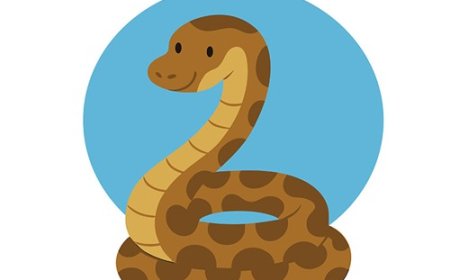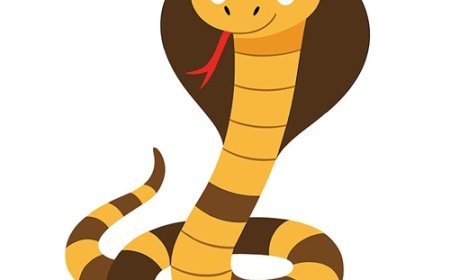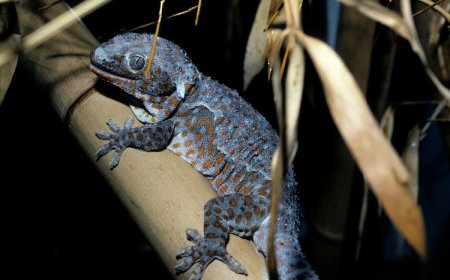Nile Crocodile Facts for Kids – Africa’s Fierce River Predator
Discover the Nile crocodile, a powerful reptile and top predator in African rivers
Scientific Name and Classification
- Common Name: Nile crocodile
- Scientific Name: Crocodylus niloticus
- Kingdom: Animalia
- Phylum: Chordata
- Class: Reptilia
- Order: Crocodylia
- Family: Crocodylidae
- Genus: Crocodylus
- Species: C. niloticus
🐊 Introduction
The Nile crocodile is a large, aggressive crocodilian. It lives across much of sub-Saharan Africa. It is a top predator in rivers and lakes. It plays a key role in freshwater ecosystems.
🦎 Appearance
It has thick, armored skin with bony scutes. Color is olive to dark brown with darker spots. The snout is long and powerful. Big adults can exceed 13–16 ft (4–5 m). The tail is strong for swimming.
🌍 Habitat
Found in rivers, lakes, marshes, and deltas. From East Africa to southern and western regions. Prefers warm waters with sunny banks for basking. Avoids fast, cold mountain streams.
🍽 Diet
Opportunistic carnivore. Eats fish, birds, antelope, zebras, and more. Uses stealth at the water’s edge. Grabs prey with a sudden lunge and powerful jaws.
🔄 Life Cycle
Breeding happens in the dry season in many areas. Females dig nests in sand or soil. Lay 25–80 eggs. Mothers guard the nest. Hatchlings call for help and are carried to the water.
🐾 Behavior and Social Structure
Mostly solitary but gathers where food is abundant. Basks in groups on banks. Excellent ambush hunter. Can be dangerous to humans. Respect warning signs near waterways.
🛡 Conservation Status
Many populations are stable, some are declining. Threats include habitat loss and conflict with people. Protected areas and management programs help.
🎭 Cultural Significance
Appears in African folklore and history. Once linked to ancient Nile cultures. Often seen as powerful and feared.
✨ Fun Facts
- Has one of the strongest bites in the animal world.
- Can stay underwater for 30 minutes or more at rest.
- Swallows stones (gastroliths) to aid buoyancy.
- Young chirp to signal hatching.
📌 Key Takeaways
- Large African crocodile and apex predator.
- Lives in rivers, lakes, and marshes.
- Ambush hunter with a powerful bite.
- Females guard nests and help hatchlings.
- Needs healthy wetlands to thrive.
🐾 Kid-Friendly Summary
The Nile crocodile is a big river hunter. It waits quietly, then lunges to catch prey. Mothers guard their eggs and help the babies reach water. Give these reptiles lots of space.
📚 Vocabulary Words
- Scute – A hard, bony plate in the skin.
- Ambush – A surprise attack from hiding.
- Apex predator – A top hunter with few or no enemies.
- Gastrolith – A stone swallowed to help digestion or balance.
- Delta – Wetland where a river meets the sea.
- Buoyancy – Ability to float in water.
- Hatchling – A newly hatched reptile.
- Conflict – A clash between wildlife needs and human needs.
🧠 Interactive Quiz: Test Your Nile Crocodile Knowledge
- Where do Nile crocodiles live?
- A. Arctic ice
- B. African rivers and lakes
- C. Deep ocean only
- D. Desert dunes
- How does a Nile crocodile catch prey?
- A. Chasing for miles
- B. Ambush at the water’s edge
- C. Building nets
- D. Digging traps
- True or False: Nile crocodiles are usually gentle toward humans.
- True
- False
- Who guards the eggs?
- A. No one
- B. The male
- C. The female
- D. Other crocodiles
- What are gastroliths?
- A. Fish bones
- B. Stomach stones
- C. Plant seeds
- D. Shell fragments




















































